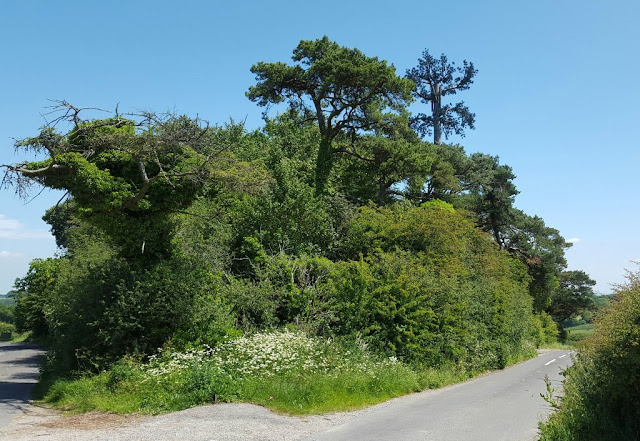This is from a Linkedin post by Eiko Seidel.
Earlier this month (7-10 March 2016), 3GPP TSG RAN Plenary RAN Meeting #71 took place in Göteborg, Sweden. The first 5G study item for the working groups is was approved. It involves RAN1, RAN2, RAN3 and RAN4. For details please have a look at RP-160671.
The study aims to develop an next generation radio access technology to meet a broad range of use cases including enhanced mobile broadband, massive MTC, critical MTC, and additional requirements defined during the RAN requirements study.
The new RAT will consider frequency ranges up to 100 GHz.
Detailed objectives of the study item is a single technical framework addressing all usage scenarios, requirements and deployment scenarios including Enhanced mobile broadband, Massive machine-type-communications and Ultra reliable and low latency communications.
The new RAT shall be inherently forward compatible. It is assumed that the normative specification would occur in two phases: Phase I (to be completed in June 2018) and Phase II (to be completed in December 2019).
The fundamental physical layer signal waveform will be based on OFDM, with potential support of non-orthogonal waveform and multiple access. Basic frame structure(s) and Channel coding scheme(s) will be developed.
Architecture work is going to be interesting, with a study of different options of splitting the architecture into a “central unit” and a “distributed unit”, with potential interface in between, including transport, configuration and other required functional interactions between these nodes. Furthermore RAN-CN interface and functional split needs to be studied, the realization of Network Slicing, QoS support etc.
The proposed timeline for 5G was also presented in a presentation as follows:


























